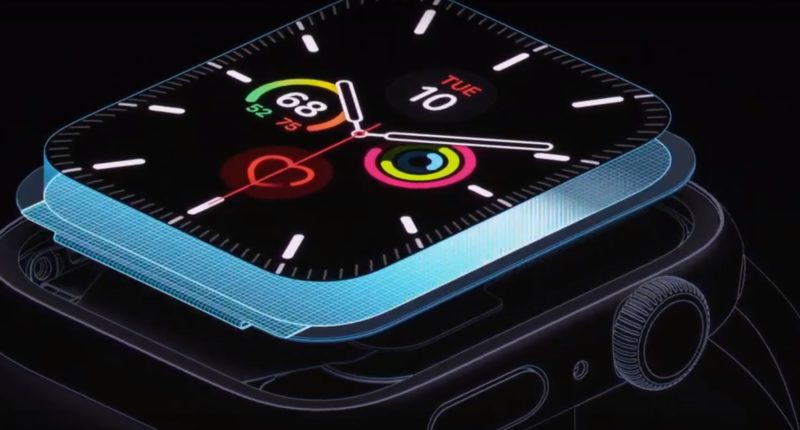Wearable bands have become the new ‘It’ thing and are the new craze of the market. Be it be fitbits or smart watches, everyone’s wearing one and the numbers speak for themselves. According to fresh numbers that have come in for 2019 through Canalys Research, the worldwide wearable band market grew by 65% in Q3 2019, recording a sale of 45.5 million units.
The Greater Chinese market grew by 60% and accounted for 40% of worldwide shipment, making it — as is the case with most tech markets — the largest consumer group as of date. The American market saw a shipment growth of 43% and had a regional market share of 21%. EMEA reportedly a staggering 22.7% market share and grew by 64%. Asia pacific ended up being the smallest market, making up for 15.7% of the market share but reported an exponential 130% growth rate.
Xiaomi remained the leader in the sector, shipping 12.2 million bands worldwide.The Chinese company saw a growth of 74%, having a market share of 27%. Apple came in second, rounding up a market share of 15%, with 60% of it’s sales coming from the new Apple watch series 5. Huawei was third with 13% market share and a staggering 243% growth rate whereas Fitbit and Samsung came in fourth and fifth, making up 8% and 6% of the market share respectively.
Performance of wearable bands in India:
Wearable band market in India saw a growth of 124% year on year in 2019, shipping up to 3 million units in a single quarter.
- Earwear technology made up for 55.9% of the market share with a growth rate of 374%.
- Wrist bands made up 35.2% of the market share with a growth rate of 19.3%.
- Smart watches made up for 6.9% of the market share and saw a growth rate of 99.6%.
- Other items accounted for 2% of the market share.
Jaipal Singh, Associate Research Manager, Client Devices, IDC India commented, “We are seeing a shift in lifestyle devices segment wherein consumers are adopting new kind of devices to track their health and fitness that is reflecting in the uptake of the wearables segment. Brands continue to augment newer health tracking features and increasingly spending on marketing, and this is helping wearables to become one of the preferred choices amongst the fitness enthusiasts to support an active lifestyle.”
“In the wearables category, wrist bands continue to serve as an affordable alternative to smartwatches, however, many companies are striving to bridge the pricing gap between wrist bands and smartwatches to serve the diverse needs of the consumer,” added Singh.





